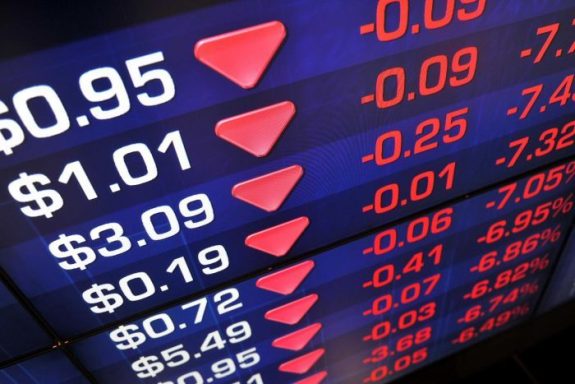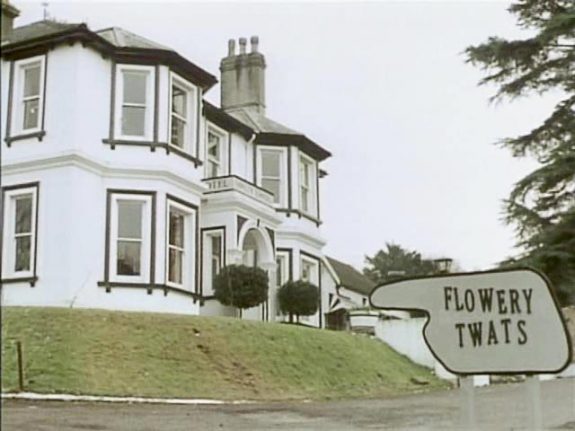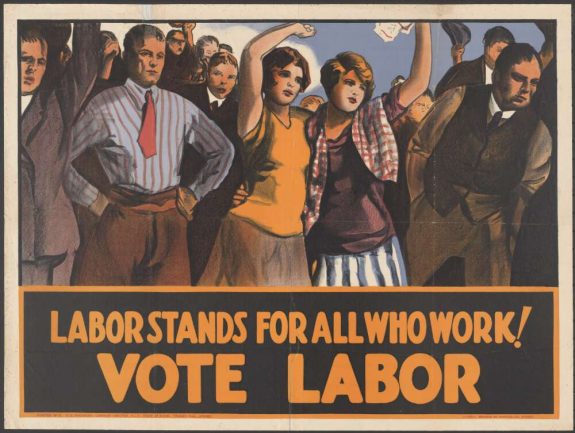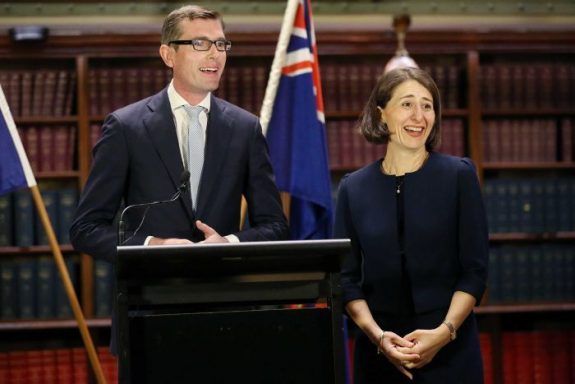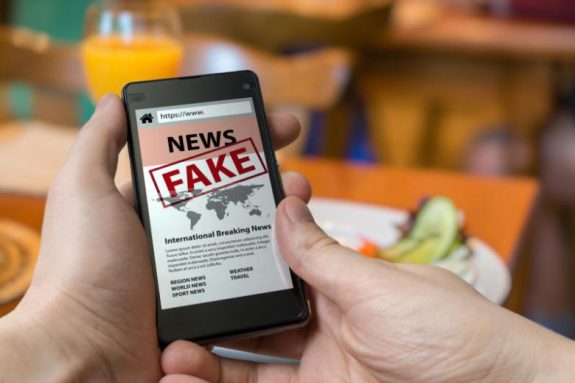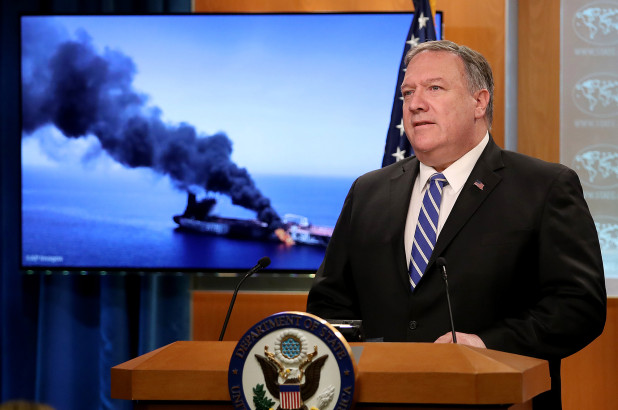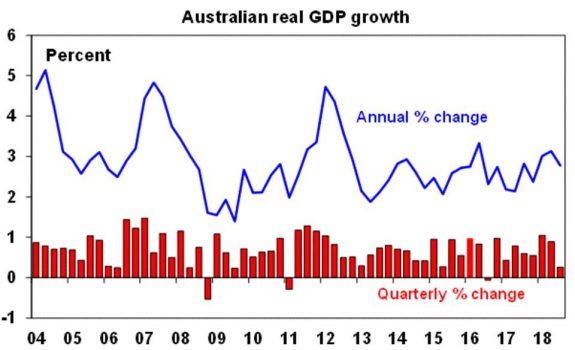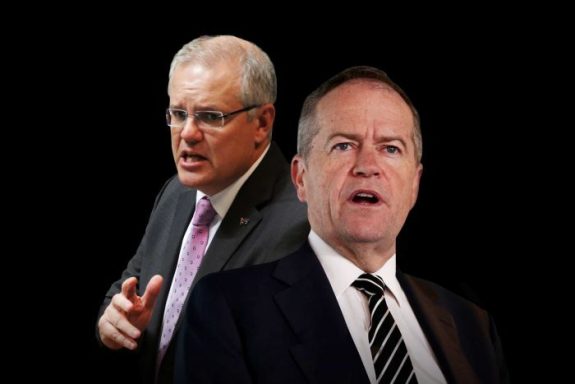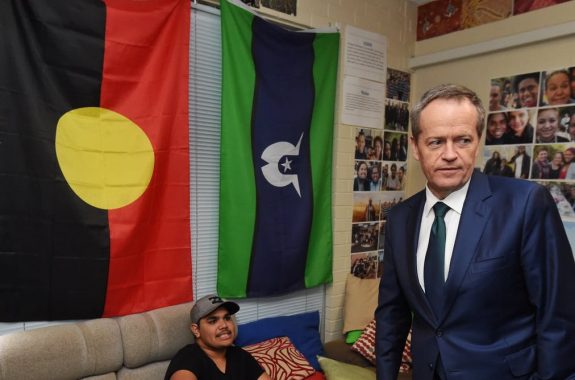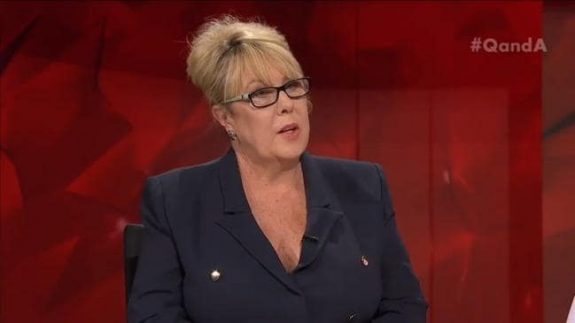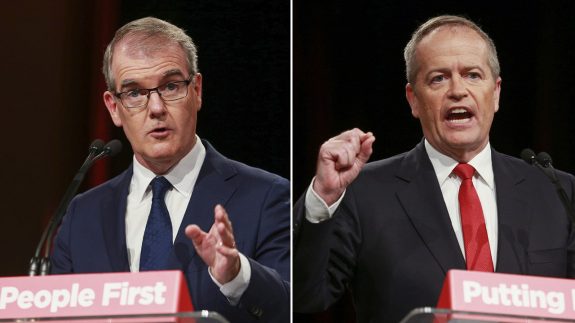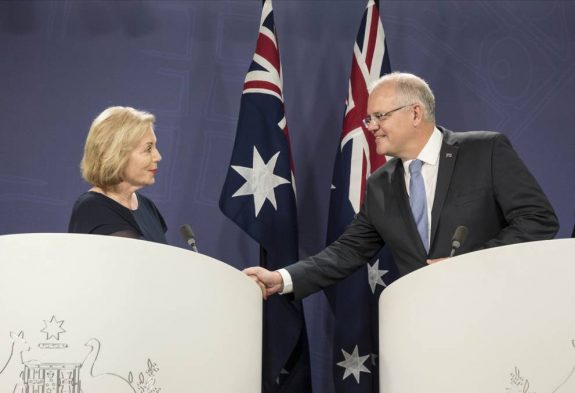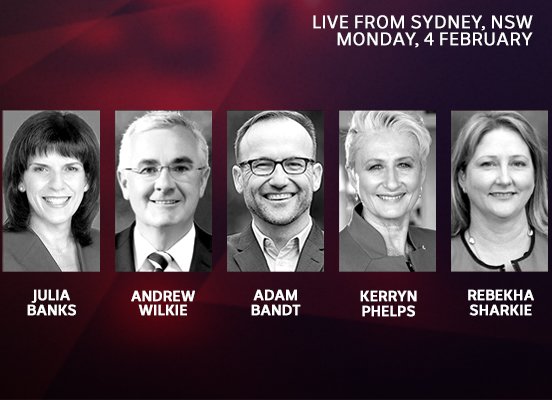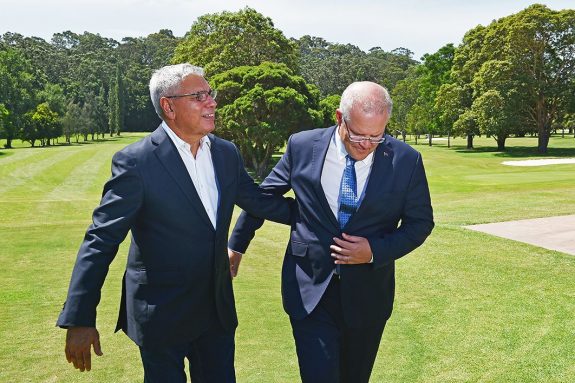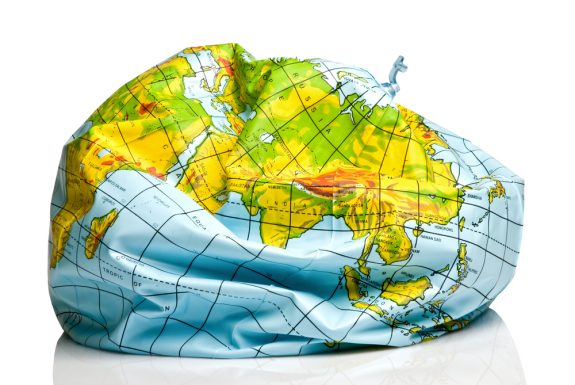What is truth?
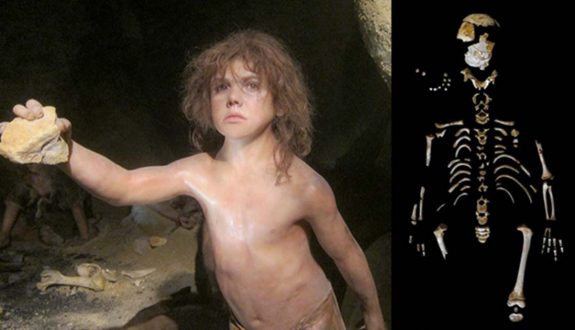
Jet lag is a crime against circadian rhythms. If you’ve travelled umpteenth hours at sub-sonic speed from near the meridian of forty degrees south, chances are you’re familiar with the sensation. It’s as if you’re still strolling among clouds minutes after alighting from a stuffy aluminium tube.
This trans-hemispheric queasiness caught up with me in a polished concrete transit lounge somewhere within the innards of the Dubai International Airport.
I had to navigate the discombobulation of a transfer from a Boeing to an Airbus, so I walked and ran kilometres past perfumed duty free shops selling chocolate and Nike, Kruger Rand and Chanel.
After passport checks, full body scans, shoes and belt off and on, I slumped into a comfortless plastic chair. Hopefully my weary pineal gland would function, and wake me in time for the onward boarding call.
I am a curious person. I yearn to learn about people who live beyond the confines of my existence. And I am a sticky beak, a watcher, a listener to voices, an admirer of men and women of all races, colours and creeds. I adore travel, minus the jet lag.
With little prompting I’ll strike up a conversation, but back off if a potential companion finds my jibber jabber, tedious.
As it turned out I chatted with a duo sitting either side me; a young German man and a woman, but seemingly devoid of gender. Neither spoke in a manner suggesting one or the other as an alpha. Equals and partners. Scientists from the Max Planck Society for the Advancement of Science. Now, weeks on and despite lingering inquisitiveness about this earnest, well intentioned couple, I fear my recollection of what they told me might be skew whiff.
Horst sported a curious facial style beloved of scientists; a light beard, minus moustache. Beata wore short blonde hair tucked beneath a beanie often sold in those specialist mountaineering stores. Despite the stifling heat, both appeared comfortable in matching green and khaki lace-up hiking boots. They assured me their robust ruck sacks fitted into the overhead lockers of most international airplanes.
Although they travelled with minimal personal baggage, the mainstay of their possessions moved separately in aircraft belly holds, clearly marked, labelled and accessible to curious Customs’ Officers.
But woe betide any official who sought to hinder the transit of this trove. Their important cargo bore the imprimatur of diplomatic documentation, which permitted the unhindered passage of their research to the Institute’s Munich headquarters.
Though my chat partners were two serious people possessing original and consequential data, they spoke with the light touch of youth. A natural nonchalance suggested what they had seen, discovered and documented these last months in the steppe of Asia, was nothing but a mere bagatelle.
I asked why they flew from Siberia to Dubai rather than take a more direct route home.
Russian unpleasantness in the Crimea and Ukraine they said, forced a roundabout journey to Tashkent, Uzbekistan, with a consequent diversion here to connect with a flight to Prague, followed by a road trip back to Munich.
I too was bound for the Czech Republic. Small world you say?
I’m not sure who designs the music for airports supposed to calm the frazzled nerves of international travellers, but I’m certain Brian Eno didn’t compose the piped Muzak in Dubai, a cross between K Pop and Bollywood dance numbers. The net effect is an attempt to tune out all sound.
I could barely follow Beata and Horst’s complex story. Coupled with a sleep-deprived hippocampus, and a super-charged amygdala, my chin frequently touched my sternum and strings of saliva dribbled from the side of my mouth.
Yet I recall a narrative spoken in precise English. It’s unfortunate we of British descent speak but one language.
A brief stay in Siberia proved dreary and freezing they said, nevertheless both were anxious to down load details of their experiences.
Their journey began in the little town of Yeniseysk. (I think my spelling is correct).
“From here we flew, and drove more than a thousand kilometres toward the Arctic Circle,” she said, pausing to allow Horst to continue.
“The commander of our converted military duck vehicle announced we would drive across the ice to Bolshevik Island, our final destination, but at the shore’s edge we saw a barren, rocky cay shrouded in the mist of the Kara Sea.
“After an hour adjusting the undercarriage and refuelling from a towed tanker, the half-track spluttered into the freezing brine and splashed toward the shingle shore,” Horst said.
I stood, stamped both feet then flexed my knees several times, bending to the floor to encourage circulation and rouse myself from intractable sleep. Beata offered her water bottle which I drained in two gulps. The temperature outside the airport terminal nudged 40 degrees Celsius. Inside, bottled water cost US$20. I had a raging thirst and a few Australian dollars. I neglected to share with Beata, but she didn’t scold me, and continued her story.
“This island, when connected by sea ice, forms part of the hunting range of the indigenous people we had travelled to Siberia to meet,” she said, pausing to upend the empty bottle to her cracked lips.
“A popular misconception is Siberia and the northern reaches of Central Asia and Russia is deserted. In fact nearly 40 million people live in cities and communities across the steppe. Many are indigenous or Turkic or descendants of the Mongols, and most know almost nothing about westerners”.
I enquired if climate change had melted the ice around Bolshevik Island, but Beata equivocated. The evidence suggested the entire sub-Arctic landscape began to alter more than a century ago.
“Have you heard of the Tunguska Event?”
Horst interjected, “we are not climatologists,” he insisted, as he passed a brimming bottle to his colleague, who after several deep swigs, pointed to herself and Horst and said, “evolutionary anthropologists”.
Both realised I did not have a clue about evolutionary anthropology. With a gentle hand gesture toward Beata, Horst suggested she describe the intricacies of their field of science.
“Does the word, Denisovan, mean anything to you?”
Beata’s broad smile highlighted two bright blue eyes glowing within folds of lightly tanned skin which framed the top of her face.
I guessed I was about to learn more about Denisovan’s, but her next question jolted my semi-dozing brain.
“What about Neanderthals? Our brief is to investigate links between indigenous herders living around the shores of Bolshevik Island with scientific data uncovered in the Denisova Cave in the Altai Mountains of Kazakhstan”.
When Beata said ‘X Woman,’ I realised we were straying into territory as remote and alien as the landscapes these two young Germans had recently traversed.
People in the departure lounge, many wearing the burqa or the free-flowing dishdasha, grew restless. Several approached gate staff, enquiring when they might board, and put this interminable wait behind them. I turned my head left to Beata and right to Horst, or was it the other way around?
Beata described a finger bone of a young hominim – the so called X Woman – and how colleagues in Leipzig had sequenced mitochondrial DNA from this prized specimen found in the Denisova Cave.
The passage of tens and hundreds of thousands of years punctuated their chronical, as if Denisovan’s and Neanderthal’s had roamed the length and breadth of Siberia just a few short decades ago.
I could not follow the details of resequencing DNA or the tabulation of data sets of one, two and more percentiles of traces of Neanderthal, found in the contemporary human genome.
Perhaps I fell asleep for a few seconds or minutes; I cannot recall, but when I shook my head into wakefulness, Beata and Horst spoke German in a conspiratorial tone.
When Horst noticed my revival from a jet lagged snooze, he said, “there are instances when scientists witness events which superficially seem implausible”.
But Beata, impatient, interjected. Placing her mouth close to my ear she whispered that they had noticed specific physical peculiarities among members of a tribe of indigenous people, located on the far side of Bolshevik Island.
“They were well fed, suitably dressed for the climate and prepared for the landscape upon which they camped, even if only for short periods. They were not decrepit or ill or feeble,” she said.
“But their skulls appeared larger than ours and the ridge of bone above the eye sockets, distended and prominent”.
Now Horst moved closer and whispered:
“Their physiognomy is utterly distinct, unlike anything me or Beata had previously encountered.
“The head person told us the changes to their bodies began in generations past. Similar permutations had occurred among the animals they tracked and hunted,” he said.
Beata spoke two Russian words — sherstistyy mamont – woolly mammoth.
“Um, I think a wild boar the size of a bison, perhaps? Boar’s tusks can grow to near half a metre or longer, but the deceased species we studied had,” she paused several seconds and glanced at Horst before continuing, “a distended snout. Maybe this size?” She stretched her arm full length, and did not smile.
Beata suggested the bloodied skull of the beast shown them by the peculiar indigenise, might have been mutant.
“There is much pollution across the steppe” Horst said, but Beata uttered the most alarming comment I’d heard this day.
“Thousands of tonnes of radioactive waste are buried at sites in Arctic permafrost. We learnt of a location close to the Russia Alaska border where a fire, caused by spent nuclear fuel rods, burns in thawed peat.
“The permafrost is no longer permanent,” she said.
Fatigue and impatience gnawed my psyche, and though I am a polite, optimistic man, I yearned for an end to this stream of depressing facts.
A familiar triple chime shattered the spell. I waited for the announcer’s words in English.
‘Good afternoon ladies and gentlemen. Welcome to this direct flight to Prague aboard Arline A on flight number B. We commence boarding shortly by rows numbered one to 15’.
A shuffling throng broke the hours-long intimacy I’d developed with the duo, but they nevertheless asked for my seat number, the name of my hotel and if I would join them for a meal in a restaurant by the Charles Bridge.
But I’d had a gutful of mutant people and animals, ecological destruction, climate catastrophe and radiation melting a thousand and one locales across Siberia.
Horst had said his Russian scientific colleagues appeared sanguine about the calamities besetting their Motherland.
“Russians do not cry out in pain,” he said.
And as two impatient lines formed, I smiled toward Beata a few persons ahead of me and weighed down by the ruck sack, almost the match of her height.
“I enjoyed chatting,” she said from a distance, adding, “it began in 1908 when the meteor exploded above Tunguska”.
“What began?’ I asked, but the moving throng enveloped her muffled response in an impatient, sweaty push toward the gate.
‘Brighter than a thousand suns,’ the last words Beata uttered before I lost sight of she and Horst in the crush inside the not so-wide-bodied Airbus.
By the time a crew member read seat belt instructions in multiple languages, I propped my head on a folded cardigan and slept.
I cannot recall the intervening hours, but a violent shaking woke me from dreamless slumber.
As the last person to deplane, I found my suitcase forlornly circling a creaking carousel.
With Schengen formalities finalised, I hailed a taxi to my hotel in Mala Strana, showered, shaved, walked to my favourite pub opposite the Café Savoy, and ate the house special.
I’ve not thought about Beata or Horst until the first draft of this story, nor have I read credible reports of a tribe of Neanderthals roaming the shores of Russia’s Kara Sea. But Arctic and Antarctic ice continues to melt, and mysterious nuclear explosions kill citizens around communities in the adjacent White Sea.
Far across the Atlantic Ocean, American newscasters report a demand to detonate a thermonuclear device in the eye of a hurricane to thwart its motion. The Amazon rainforest burns. The Great Barrier Reef bleaches toward extinction. And as facts morph into fiction, thousands of interstellar green glass beads emerge — like talismen from a Herman Hesse novel — in the melting permafrost around the Siberian village of Zelenogorsk via Tunguska.
Quid est veritas? What is truth? Perhaps when discovered, truth will reveal itself brighter than a thousand suns.
Like what we do at The AIMN?
You’ll like it even more knowing that your donation will help us to keep up the good fight.
Chuck in a few bucks and see just how far it goes!










